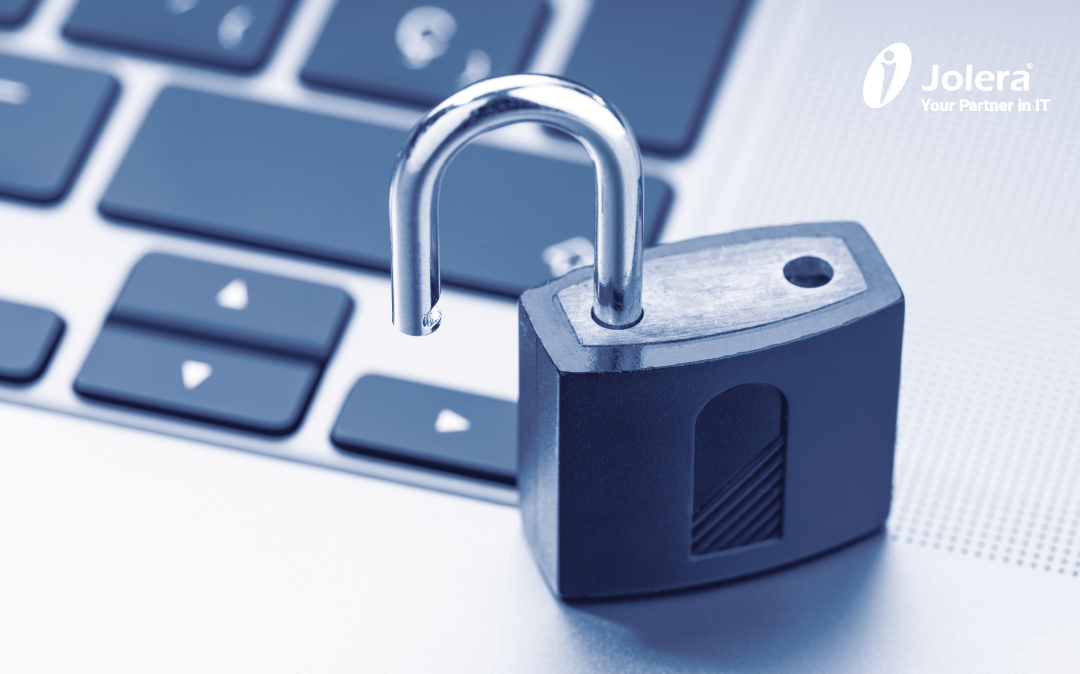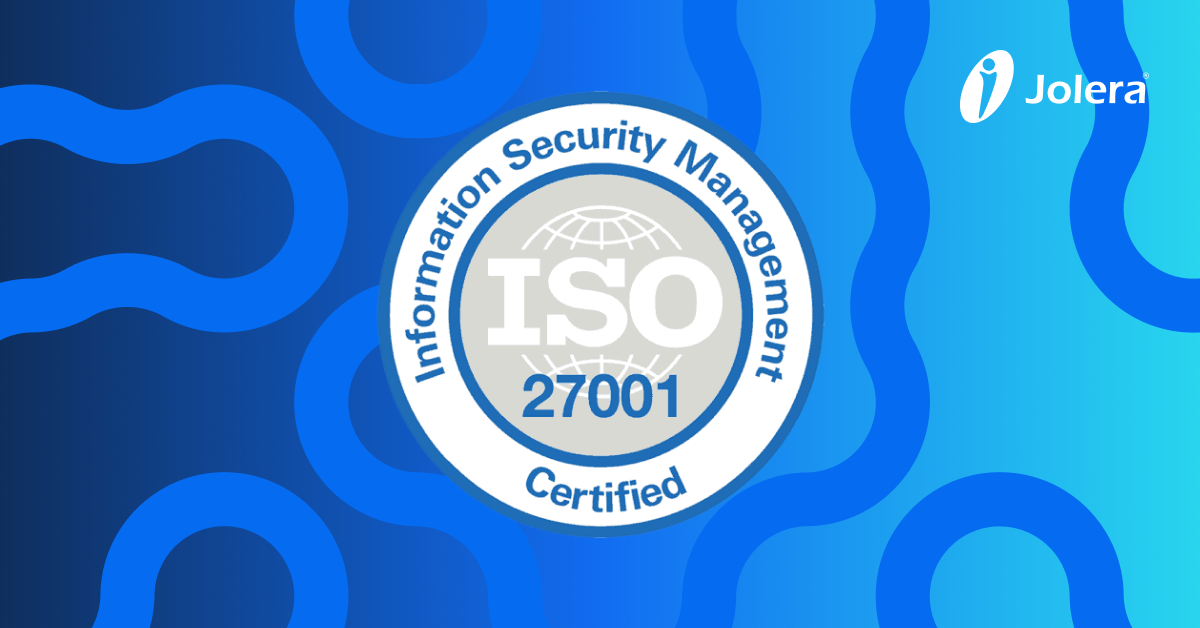Tick. Tick. Tick. That’s the sound of your organization getting hit with a significant breach. The coming impact of the breach depends on how quickly your organization can mitigate damage and find a solution.
Acting within the first 48-hours after a breach is critical to minimizing harm to your company. Nowadays, most organizations are left trying to find out how to respond to this scenario properly and effectively. Sadly, most organizations do not have an adequate security breach response plan in place. Breaches are scary situations that lead to many unanswered questions for organizations today who simply don’t have the time, know-how, or resources to be protected from them.
This leaves organizations worldwide facing the potential worst-case scenarios such as ransomware, data loss, and outages that could shut down the organization.
As if that weren’t enough to deal with amongst the global pandemic, security incidents are only escalating in severity and frequency. According to research from Cybint, a global cybersecurity education provider, approximately 95% of all cybersecurity breaches are caused by human error. This doesn’t mean technology is perfect in any way – but technology reflects our efforts.
Adding to this compounding problem is the COVID-19 pandemic and lockdowns. This made remote work the new norm: operating the majority of your organization in the cloud. Since the beginning of the pandemic in 2020, remote employees have been the weakest link in an organization’s cybersecurity. Additionally, the recent national launch of 5G, means an increase in total connected devices than ever before, — and all this activity is well-known to the hacker community and cybercriminals around the world.
Therefore, Jolera is taking a market-leading approach to helping Managed Services Providers (MSP) and channel partners in dealing with potential breaches within organizations. The new Secure IT™ Cybersecurity Incident Response (CIR) has been crafted to empower MSPs in preparing all organizations to detect, respond, and recover from security breaches, all while enhancing malware protection, prevention of data theft and service outages.
The Secure IT™ Cybersecurity Incident Response (CIR) comes with its own global security team of experts that helps protect against the worst-case scenario. They act fast and respond to issues within hours, as the recovery phase is enacted within 48-hours from the start of the engagement. The team also works to prevent breaches with an ongoing threat analysis service.
“Most Service Providers today don’t necessarily have knowledge of the Incident Response framework, the specialized cybersecurity teams, or the tools required to adequately respond to breach situations,” said Jolera’s Global Cybersecurity VP Sagar Vyas, who specializes in Cybersecurity Incident Response.
Jolera’s Secure IT™ Cybersecurity Incident Response (CIR) includes 24/7 monitoring and integrations of EDR/XDR platforms. It also features non-stop threat hunting, security incident detection, and response. New to the service is a detailed forensics report that showcases all the findings and mitigations from the breach.
“If your organization isn’t prepared with a full incident response plan and have conducted table-top exercises looking at common scenarios, then it’s best to have a retainer in place such as Jolera’s Secure IT™ Cybersecurity Incident Response (CIR). When invoked, this new service can help navigate cybersecurity incidents of all sizes, including ransomware attacks,” says Vyas.
By working with Jolera, Vyas added that we can bring your organization the necessary experience to handle data exfiltration, privacy violations, and negotiating with threat actors while safely restoring systems, preserving critical forensic data, and diagnostics.
“Companies that fail to preserve evidence in an attack might limit their ability to file an insurance claim,” Vyas said.
Jolera’s four-step approach to cybersecurity incidents includes preparation, identification and containment, eradication and recovery, and forensics.
Cyber-attacks are becoming more prevalent. Without a comprehensive solution, it will only be a matter of time before the organization can no longer recover from the breach.
By Paolo Del Nibletto





